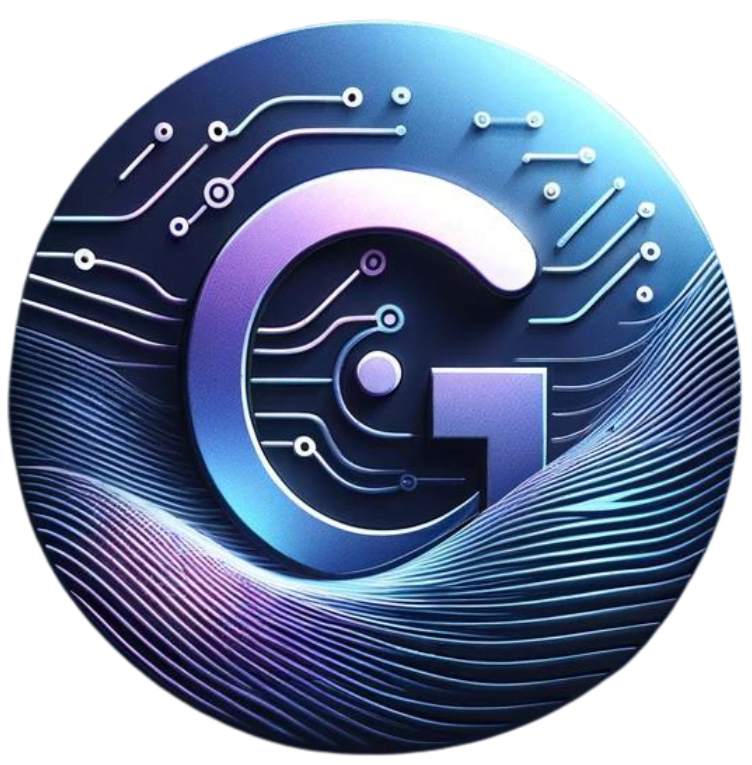AI-Powered Generational Marketing: What Works Now

The Post-AI Shift: From Age Buckets to Intent Signals
We used to aim at broad age ranges and hope for relevance. Now, AI lets us read real behavior. We can see what people watch, search, save, compare, and ask for. This allows us to build segments around intent, not just age. Generational lenses still matter. Life stage and shared references are real. However, they’re most useful as creative and channel guides layered on top of behavior.
In practice: Keep your generational framework, but weight decisions by signals like recency, price sensitivity, and content themes. You’ll stop stereotyping by age and start delivering value by context.
Snapshot by Generation (and How AI Changes the Game)
Gen Z (≈1997–2012)
- What lands: Creator-led short video, behind-the-scenes proof, interactive formats (quizzes, AR try-ons), values-driven stories.
- AI unlocks: Creator matching by audience fit. It enables UGC moment mining by finding the clips that spike saves. It also offers dynamic product tags in short video.
- Guardrails: Label AI imagery; keep it human and imperfect—overly polished “AI gloss” erodes trust.
Millennials (≈1981–1996)
- What lands: Clear value, payment flexibility, side-by-side comparisons, clean UX, credible reviews.
- AI unlocks: Next-best-action offers (bundles, refills), lifecycle copy variants tested for price framing and objections.
- Guardrails: Don’t over-personalize. Explain why they’re seeing an offer and cap frequency.
Gen X (≈1965–1980)
- What lands: Time-saving utility, ROI proof, reliable service, and escalation to a human.
- AI unlocks: Smart routing to fastest resolution, product-page summaries, churn prediction for proactive outreach.
- Guardrails: Never hide humans behind bots; make escalation obvious.
Boomers (≈1946–1964)
- What lands: Legibility, clarity, trust signals (warranties, BBB, real locations), phone support that answers.
- AI unlocks: Knowledge base that surfaces real answers, proactive service alerts, CTV/OTT reach with tight frequency control.
- Guardrails: Accessibility is non-negotiable—test alt text, captions, contrast, and keyboard navigation.
The Modern Toolkit for Generational Strategy
1) Audience Intelligence Beyond Age
Use clustering to discover micro-segments like “late-night mobile deal seekers” or “how-to content comparers.” Tag clusters with likely cohorts for creative direction, but make buying triggers the primary driver.
2) Creative Versioning and Bandit Testing
Generate copy and visual variants tuned to cohort preferences, then let multi-armed bandits auto-shift budget to winners. Human editorial review keeps tone, facts, and compliance tight.
3) Predictive Journey Mapping
Design journey sequences by cohort:
- Gen Z: Short video → creator review → AR try-on → tap-to-buy.
- Millennials: Comparison page → social proof → email explainer → checkout with flexible pay.
- Gen X: ROI calculator → case study → consult → contract.
- Boomers: Phone consult → print-style comparison → in-store/virtual appointment.
4) Voice-of-Customer Listening at Scale
Mine reviews, chats, and comments for themes by cohort (price, reliability, sustainability, service). Turn those into product modules, FAQs, and sales scripts.
Channels Evolving with AI
Search & Answer Engines
AI-assisted titles, meta descriptions, and structured data help you win enhanced results. Build people-also-ask style FAQs per cohort to capture intent-rich queries.
Short-Form Social
Let AI spot trend adjacency (audio, visuals, topics) without off-brand trend-chasing. Anchor with creators for Gen Z/Millennials and educational shorts for Gen X/Boomers.
Email, SMS, and Loyalty
- Millennials/Gen X: Curated digests with comparison blocks and “what changed since last time.”
- Boomers: Service updates and easy replies that route to people.
- Gen Z: SMS for drops and early access (strict frequency caps and clear opt-outs).
CTV/OTT & Digital Audio
Streamed TV and audio deliver cross-gen reach with precision. Sequence 15-second awareness spots, then retarget with cohort-specific mobile creative and email/SMS.
Personalization With Guardrails
Consent & Transparency
Offer granular permission controls and a plain-language “Why you’re seeing this” note. Gen Z values transparency; Boomers value assurance you won’t sell their data.
Accessibility & Inclusion
Caption every video, write meaningful alt text, use readable fonts/contrast, and provide language options. Inclusive design boosts conversions across every cohort.
Data Minimization & Explainability
Collect only what you truly need. If an AI makes a recommendation, explain it briefly. Always provide a path to a human.
Creative Patterns That Win Across Generations
Emotion + Utility + Proof
Hook with emotion (aspiration, relief), show utility fast (how it works), land with proof (reviews, guarantees, expert quotes). Adjust the weight by cohort—more community/values for Gen Z, more ROI/service for Gen X/Boomers.
Local Flavor & Cultural Nuance
Rotate creator voices and local references (sports, seasons, slang). For legacy media brands, blend local radio/TV trust with digital convenience in the same message.

Measurement That Moves the Needle
Leading Indicators, Not Just Last-Click
Track saves, replies, content completion, time to first response, and sequential lift. These predict revenue better than raw click-through in cross-channel journeys.
Cohort-Aware Incrementality
Pair MMM with lightweight geo or audience holdouts labeled by cohort. You’ll see where each generation truly moves the needle—and where you’re overspending.
7 Practical Plays to Ship This Quarter
- Cohort Clustering Sprint: Build 6–8 intent-led clusters, then map each to generational creative cues (tone, proof, offer).
- Variant Lab: Produce 15–20 copy/visual variants across cohorts; run bandit tests with hard guardrails (frequency, brand safety).
- Journey Sequencing: Create two end-to-end paths per cohort; assign content and KPIs to every step.
- Service Escalation: Train the bot on real transcripts and add a 1-click “talk to a person.” Publish team names/hours.
- Accessibility Pass: Fix contrast, font sizes, alt text, captions, and keyboard nav—start with your top three converting pages.
- Proof Library: Centralize reviews, case studies, and expert endorsements. Convert to modular blocks for landing pages and emails.
- CTV + Retarget Pilot: Launch a 15-sec CTV spot, then retarget visitors with cohort-tuned mobile creative and lifecycle emails.
Real-World Examples & Helpful Links
- Spotify Wrapped — a personalization masterclass embraced across generations: newsroom.spotify.com
- Nike Run Club — habit loops and community that flex for different ages: nike.com/nrc-app
- Apple Accessibility — practical, conversion-friendly inclusion patterns: apple.com/accessibility
- Pew Research Center (Generations) — definitions and trend baselines: pewresearch.org/topics/generations
- Google Analytics 4 Guides — better cohort analysis and journeys: support.google.com/analytics
- The Trade Desk Edge Academy — CTV/OTT planning fundamentals: edgeacademy.thetradedesk.com
(Use these as inspiration and to backstop your internal briefs; they’re not endorsements.)
Conclusion
AI doesn’t replace generational marketing—it modernizes it. Lead with behavior and intent, then shape creative, channels, and service using generational cues. When you combine AI scale with human sense, you achieve a mix of empathy, transparency, accessibility, and real service. This results in messaging that feels personal without feeling creepy. It also creates journeys that convert because they respect how each generation actually decides.

